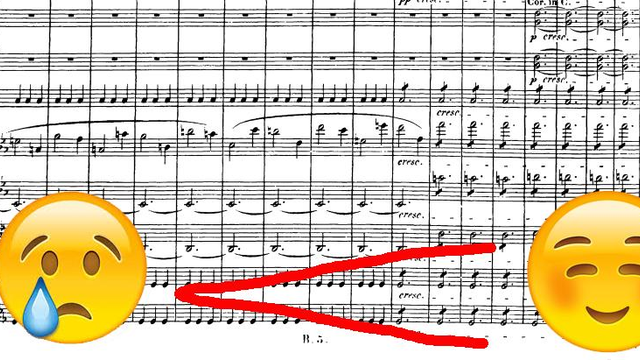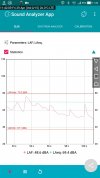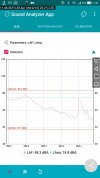I don't. People with less sensitive speakers might.
Here's a piece of music. Large parts of the first four minutes are at -30dB. The crescendo sits at around -10dB for long periods. Transient peaks hit about -2dB.
Even listening to the quieter parts at 1/2 a watt, the transient peaks are going to clip on any amp less than around 500W. I accept that might not be an audible problem.
Listen to the epic crescendo that bridges the third and fourth movements of Beethoven’s Fifth Symphony. It’s just remarkable.

www.classicfm.com
I have taken a couple of screenshots...
Roland Fantom 8 synthesiser.
Myself playing piano and then a full orchestra, Tchaikovskyish style...




Topping PA5 involved and set at 3'oclock.
Fantom at 40%.
Smartphone reading data overhead the keyboard.
Background room noise around 31dB.
When playing the keys as hard as possible with volume closed, 45 dB detected.
Then Mythos ST 93dB.
Almost unbearable...and stays well below 85dB at 83.2dB peak.
Of course, everybody around asking to lower that ear-ringing-level after the first minutes, but trumpets are trumpets, horns are horns, choirs are choirs, taykos are taykos, cannons are cannons, cathedral bells are bells...and that is the real thing placed at home !!!!



